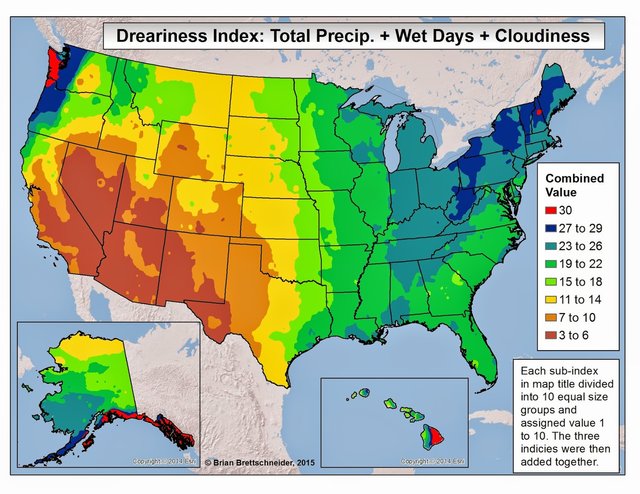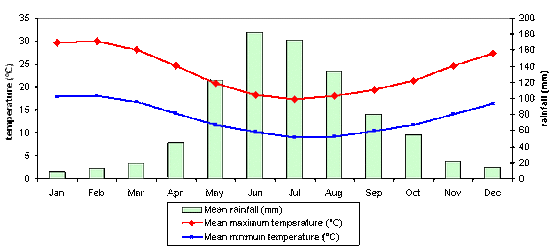

“We are trying to associate weather with the time when people get exposed to the virus,” Xu explains, adding that the delay lasts an estimated 10 to 14 days. The main difference is that the current study accounts for the delay between when someone contracts COVID-19 and when public health officials record their positive test result. The study differs from earlier research on weather and COVID-19. Xu and Hazhir Rahmandad, an associate professor of system dynamics at MIT’s Sloan School of Management, are the lead authors. Their paper, “ Weather, air pollution, and SARS-CoV-2 transmission: a global analysis,” appears in the October 2021 edition of The Lancet Planetary Health. They also learned that people are at a higher risk of catching COVID-19 when temperatures are low and outdoor levels of ultraviolet radiation are very high. Xu and his fellow researchers discovered a correlation between temperatures above 25 degrees Celsius, or 77 degrees Fahrenheit, and lower rates of COVID-19 infection. On warm, sunny days, people tend to spend more time outside and keep doors and windows open at home. When it’s chilly and snowy, they’re more likely to gather indoors, where there’s less air circulation, he adds. But people also behave differently across seasons. He says there is biological evidence the virus is more active at lower temperatures.


Corona weather year round driver#
Researchers still aren’t sure what the main driver behind the change is, however, Xu notes. Prior studies had provided inconsistent results. As temperatures drop and winter conditions intensify, COVID-19 infection rates easily could rise, warns statistician Ran Xu, an assistant professor at the University of Connecticut’s Department of Allied Health Sciences.Ī recent study he co-authored confirms a link between weather and coronavirus transmission, which, regardless of where you live on the planet, tends to slow in hot weather and increase when it’s cold.


 0 kommentar(er)
0 kommentar(er)
